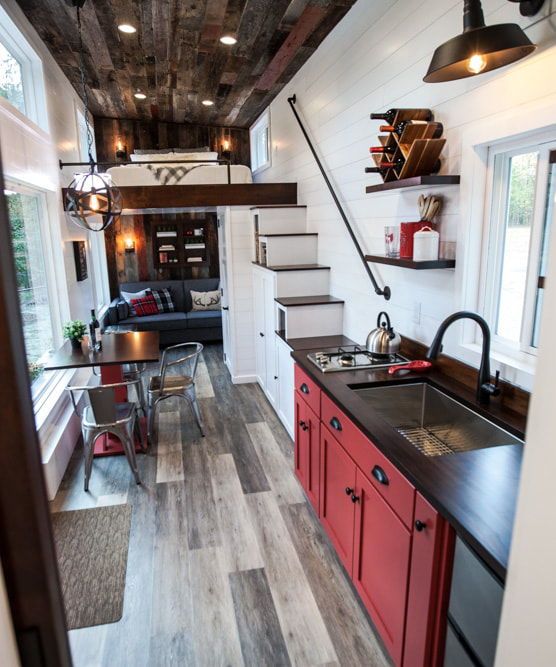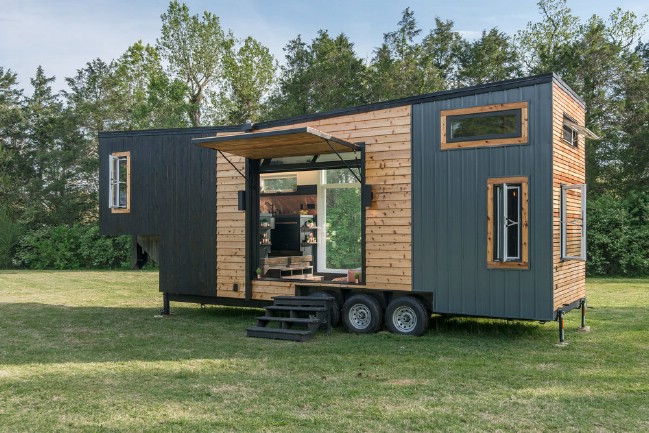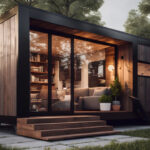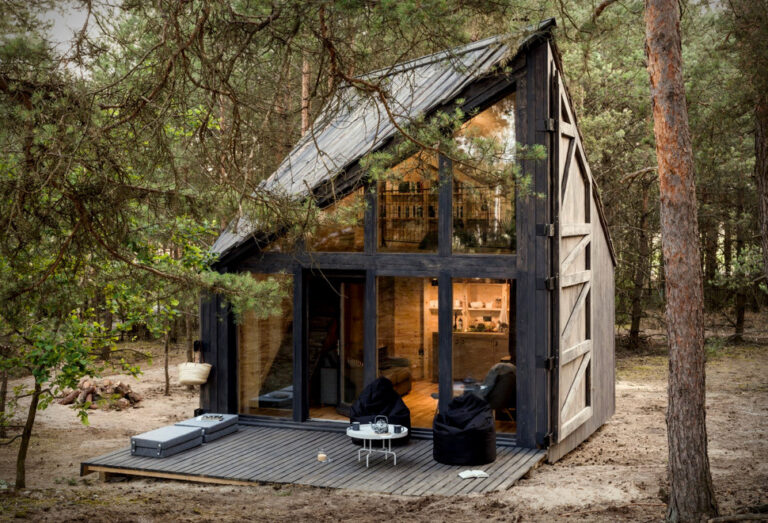Welcome to the world of tiny living! In a society where space is becoming a luxury, the allure of tiny homes is undeniable. They are eco-friendly, cost-effective, and come with a unique set of challenges. One such challenge is ensuring accessibility without compromising on functionality. In this comprehensive guide, we’re going to explore how you can optimize space and make your tiny home truly accessible, without sacrificing the comfort and style.
1. Embrace Multifunctional Furniture
In the tiny home universe, every piece of furniture should be a superhero. Opt for items that serve more than one purpose. A couch that folds out into a bed, a coffee table with storage compartments, or a lofted bed with a workspace underneath – the possibilities are endless! This approach maximizes space while maintaining functionality.
2. Smart Storage Solutions: Declutter Your Space

Tiny homes demand a streamlined lifestyle, which means you have to be smart about storage. Utilize every nook and cranny for storage. From under-stair storage to wall-mounted shelves and magnetic racks, get creative! The more organized and clutter-free your tiny home is, the more accessible it becomes.
3. Open Layouts: Create the Illusion of Space
An open layout design can make a tiny home feel more spacious. Avoid unnecessary walls and partitions that break the flow of the space. The more open the layout, the more accessible and inviting your tiny home becomes. It’s all about creating an illusion of space!
4. Door and Hallway Designs: Think Wide and Easy
When designing doorways and hallways, think about accessibility. Opt for wider door frames to accommodate wheelchairs or other mobility aids. A wider hallway not only allows easy movement but also makes the space feel less cramped.
5. Bathroom Accessibility: A Tiny Haven for All
Making the bathroom accessible is crucial. Consider installing grab bars, a shower seat, and a handheld showerhead. These simple modifications can make a big difference, especially for those with mobility challenges.
6. Lighting: Brighten Up Your Space
Proper lighting can make your tiny home feel more spacious and accessible. Use light colors for walls and ceilings, and strategically place mirrors to reflect light. Additionally, consider installing skylights or large windows to bring in natural light and create a more open atmosphere.
7. Exterior Access: Step Outside Comfortably

Even if your tiny home has a small exterior space, make it accessible and inviting. Install a ramp instead of stairs and ensure the pathway is smooth and easy to navigate. A small deck or patio can be a great addition, providing a cozy spot to enjoy the outdoors.
In Conclusion: Tiny Homes, Big Accessibility
Living in a tiny home is all about embracing a minimalist lifestyle without compromising on comfort. With the right approach and a dash of creativity, you can design and organize your tiny haven to be not just accessible but also functional and stylish. Think multifunctional, streamline your storage, go for an open layout, design with accessibility in mind, and always prioritize comfort.
So, unleash your inner design genius, and let your tiny home shine as a beacon of accessibility, proving that great things do come in small packages!




0 Comments